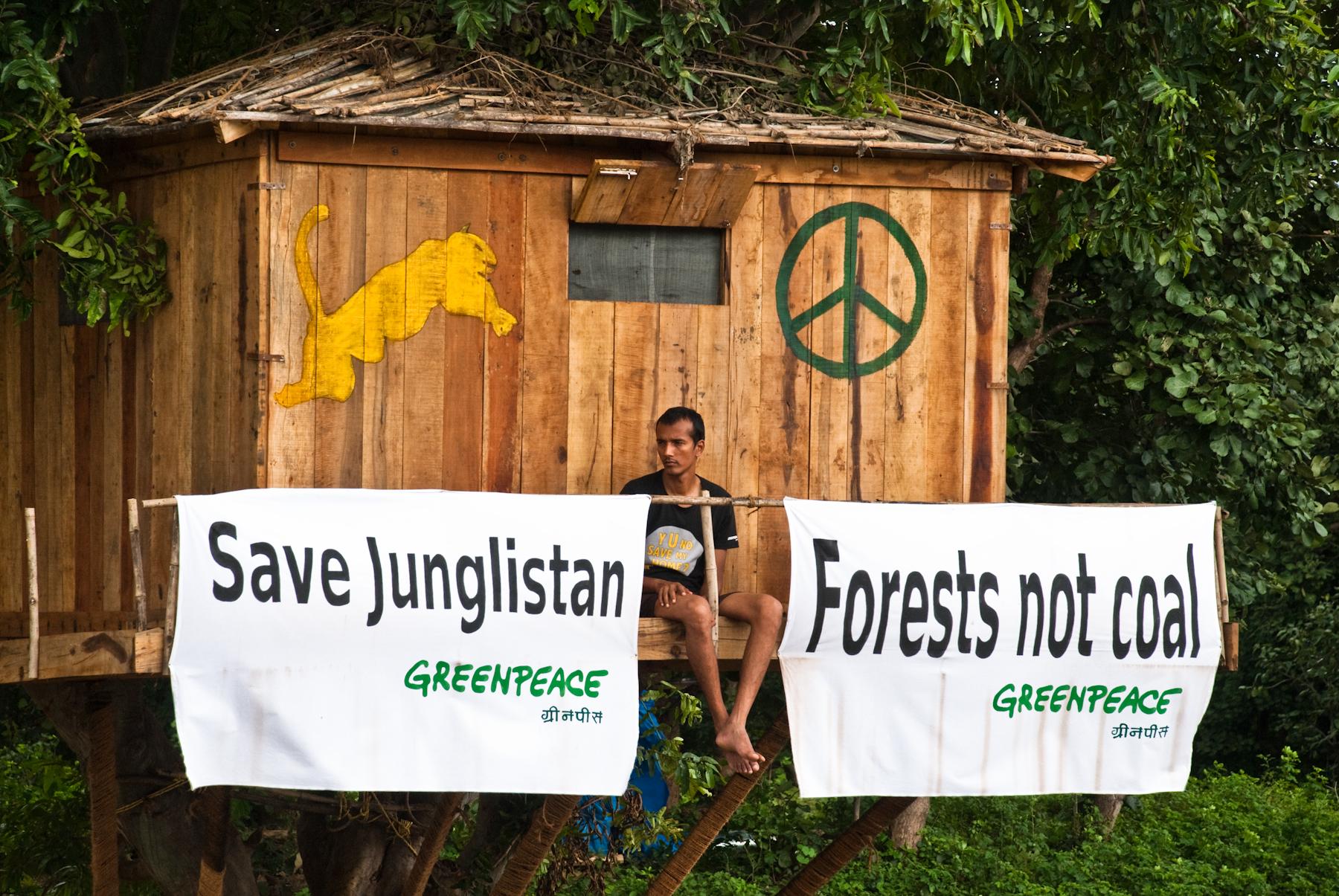
I’ve spoken to a lot of nonprofit organizers recently, and they’ve all had a similar complaint: it’s incredibly overwhelming to navigate the complex web of social media platforms and communication tools that exist today. You have to reach supporters and attract new ones, so community builders have to constantly juggle various software tools to keep up with important communication channels – social media, email, mobile text messaging, as well as good old face-to-face interaction.
Causes can quickly become about technology instead of passionate people and communities working for change.
There are scores of tools out there for managing different outreach methods – HootSuite for social media, MailChimp for email blasting, Eventbrite for events. But trying to manage a set of disparate tools and crafting separate strategies for each channel is time consuming and doesn’t necessarily produce more donations or increase supporter engagement.
Some nonprofits are unifying their outreach into strategic multichannel campaigns that focus intentionally on channels that make sense for the goals of each individual campaign. This approach allows you to focus on the people you’re trying to engage instead of putting all your energy into managing the technology you’re using to reach them.
Greenpeace India's Junglistan campaign is a great example.
Greenpeace uses many different channels to communicate with their millions of supporters worldwide. They can send a blast email about a petition to their list and easily get thousands of signatures. But for the Junglistan campaign - an effort to stop the Indian government from clear-cutting huge tracts of land for coal - Greenpeace India wanted to do more. “We wanted to make sure that for this campaign we engaged our supporters beyond just signing a petition,” said Greenpeace India senior web developer Sudhindra.
The Tactics
Greenpeace India worked with Josh Stuart, co-founder of digital organizing firm cStreet Campaigns, to create a NationBuilder petition that built up a robust support database for ongoing outreach through social media and referral rewards for the most engaged members of the campaign. Junglistan used Twitter and Facebook, gamification, virtual events, and email to get petition signers to get more involved with the issues and to recruit other supporters and campaign leaders from their own networks and communities. Ultimately, they were able to mobilize more than a quarter of a million people to take meaningful action in support of the campaign.
Here’s how it works. When a supporter signs the petition, their contact information flows directly into Greenpeace India’s supporter database in NationBuilder and a referral link is created. The petition signer is then taken to a follow-up page that explains how they can earn “good karma” points by using social media to get their friends involved. They also get a follow-up email encouraging them to share. “When a supporter gets the email they start forwarding it. And when other people click on the links they get points,” said Sudhindra.
Different actions are valued at different levels. For example, tweets are worth 5 karma, a friend signing the petition is worth 10, and getting a friend to recruit their friends is worth 20. Karma is tracked on the Junglistan leaderboard. As an incentive, Greenpeace offered to give a branded mug to the 100 activists with the most points - and plenty engaged simply for recognition of their role in the cause.
To broaden their reach, the campaign organized social media events using NationBuilder’s event tool which is integrated with their website and database. During these events, the Greenpeace India staff and their supporters used Facebook and Twitter to aggressively get the word out about the campaign. “We used RSVP’s which really worked well,” said Sudhindra. “We sent the petition signers an email asking them to come back and participate in a social media event.” They had 2,000 campaign leaders sign up to rally for the campaign online and saw heavy traffic to their home page and other channels. “That was our most visited day on Facebook; we trended on Twitter.”
The Results
The tactics that Greenpeace India used ultimately got the campaign’s most involved and influential supporters to take ownership, extending the effort’s reach and influence well past Greenpeace’s involvement. Fifteen-year old Vibhawari Jammi emerged as a major leader for the cause, gathering far more signatures and support for the petition then any other activist. Her efforts attracted the attention of the Indian media and she was invited to present the petition to the Prime Minister at the Convention on Biological Diversity.
Greenpeace India was able to help individual petition signers have more of an impact on the cause than simply signing their name could have. Vibhawari was able to become a real evangelist for the cause. These tactics alone yielded more than 250,000 signatures. According to Sudhindra, “it’s not a Greenpeace campaign anymore. It’s the people’s campaign.”
